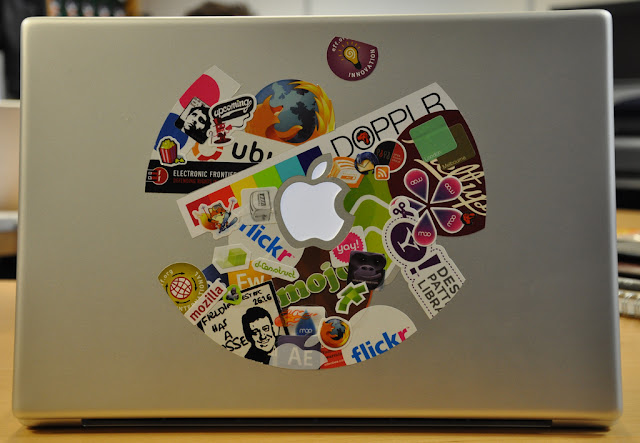Jodi Smits Anderson
Chair
USGBC NY Upstate Chapter
What would you do if you found yourself in front of an audience of 20 kids, all convinced they know it all, yet totally open to new thoughts and ideas? If you were bold and a bit naïve, you might try to teach them about the triple bottom line, only to be blown away by their reception of the concept.
I had the opportunity to teach the middle school kids of Woodland Hill Montessori School about sustainability after complaining one too many times about the Styrofoam cups at their monthly coffeehouse fundraiser. Rather than accepting my offer to donate paper cups, one teacher conceived a greener, more dynamic alternative, and I was fully game to partake.
I began with Annie Leonard’s appropriately inflammatory short film about our consumer culture, “The Story of Stuff,” which prompted an engaging discussion about what the students’ families purchase and how those choices affect our world—including other people and the built environment, as mankind and nature are not independent.
 |
| Greening your computer: The students suggested that old computers could always benefit from redecoration with stickers. (Source: Phil Hawksworth, Flickr) |
We then considered an example: How can you be a little greener in buying a new computer? Ideas flooded the discussion as if we were deciding where to eat ice cream. Laptops take less energy and are smaller! Buy one with a take-back policy! Be sure to clean out and maintain your computer! Buy from a local company! Buy a refurbished one! When it seems old, decorate it with stickers instead of buying a newer, prettier one that works the same way! I need to learn the last one.
The point was made. The only wrong answer is: Don’t ask any questions! If you want to be greener, all it takes is training yourself to think—about the purchases you make; about the spaces you are designing; about how you are doing something and if its working for you, your wallet (long-term) and the planet. “Think and be greener” is the motto I tried to teach.
Watch my recent TEDxTalk for the whole story, including how the students applied what they learned to their coffeehouse fundraiser.
Greener every day.






